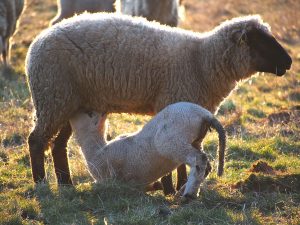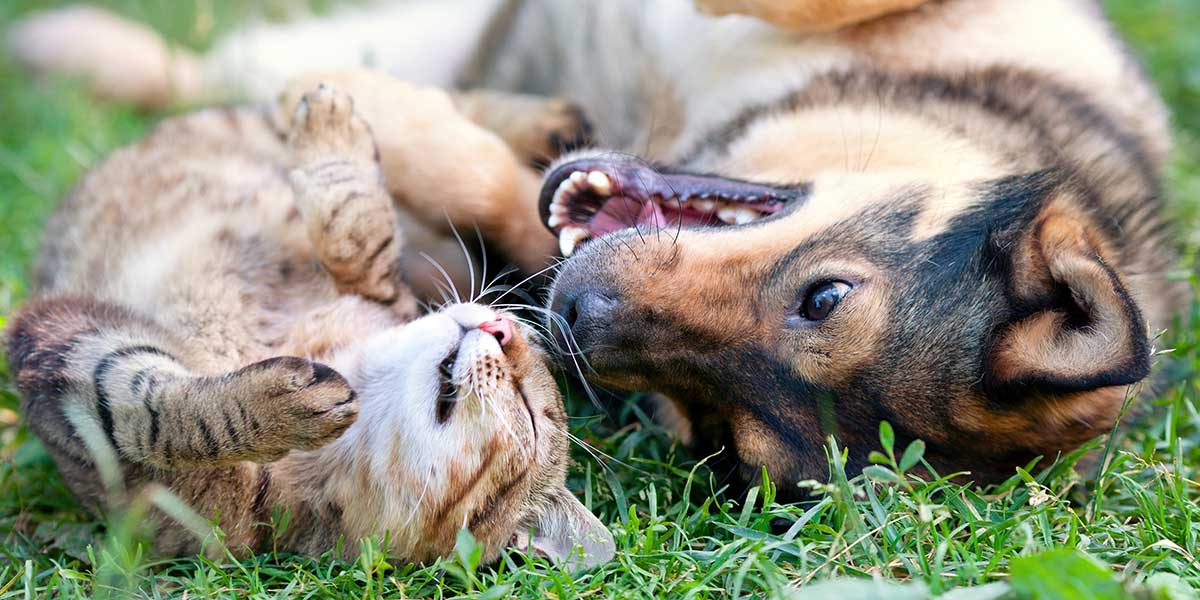We typically associate lambing season with springtime. Yet many who keep sheep find that lambing can begin as early as December. Whatever time of year your lambing season begins, it is vital to plan ahead. Preparing well for lambing season will optimize the number of newborn lambs and help keep your flock healthy. Key preparations boil down to:
- Proper management and feeding of the sheep
- Readying the barn
- Stocking up on needed supplies
Here are a few tips for preparing for a successful lambing season.
Healthy Ewes Bear Healthy Lambs
It begins with good nutrition. You need to get this right. About 70% of fetal growth takes place in the last four to six weeks of pregnancy, and for that period your ewes must be in tiptop condition. If your ewes are undernourished in those last critical six weeks, you will have to deal with sub-par birth rates, low survival rates, and poor-quality colostrum in the ewe’s milk. To make sure their diet delivers optimal amounts of protein and energy, consult your vet.
Closely related to proper nutrition is proper disease management, both before and after lambing. Four to six weeks prior to lambing, pregnant ewes should be vaccinated for clostridial diseases. (Vaccinated females will pass antibodies to their newborn lambs via the colostrum.)
 The mother’s own colostrum is best for her ewe(s), but be sure to have a back-up supply. Frozen surplus colostrum from other ewes in the flock is the next best option.
The mother’s own colostrum is best for her ewe(s), but be sure to have a back-up supply. Frozen surplus colostrum from other ewes in the flock is the next best option.
Prepare the Birthing Area
Each ewe needs at least 12 to 14 square feet for comfortable lambing. Avoid overcrowding to minimize stress. The lambing barn should be cleaned beforehand, and fresh bedding of clean, dry straw should be spread before turning the ewes in. Make sure the lambing barn is not drafty. Good lighting is also important, as it makes it easier to check on the animals without disturbing them too much.
Assemble Your Lambing Box
At least a couple weeks before lambing begins, it’s time to put together your lambing box (also called a “go” box). Every experienced sheep keeper will have their own idea of what makes for the best contents of this box. A basic kit of lambing equipment and supplies would likely include:
- Iodine
- Towels
- Plastic sleeves and disposable gloves
- Oil-based lube
- Scissors
- Ewe restrainer
- Baby bottle
- Stomach tube and two-ounce syringe
- Uterine boluses
- Halter
- Lamb milk replacer and colostrum replacer
- Thermometer
- Esophageal feeding tube
- Rubber or latex gloves for assisting with difficult births and handling newborns
- Oil-based lubrication, nylon rope, and disinfectant for assisting with difficult births
- Heat lamp for warming chilled lambs
- Pocket record keeping book for recording lambing data
- Ear tags and an applicator for identifying lambs
Last But Not Least, Look to Self-Care
Lambing can be an extremely stressful time. An exhausted, cold and frazzled sheep owner is not at their best and can make disastrous mistakes. Dress warmly, make sure to get plenty of rest in the days leading up to lambing season, and ensure there is a good supply of easily accessible snacks and MREs (meals ready to eat) in the freezer.
The video below will provide additional information on preparing for lambing season and stocking up on supplies. It will tell you how to get the barn ready for the new arrivals and make sure it is as safe and clean as it can be. It will also advise on putting together your supply box so you aren’t running around at the last minute trying to get everything together. Being prepared makes the birthing process less stressful for everyone!







